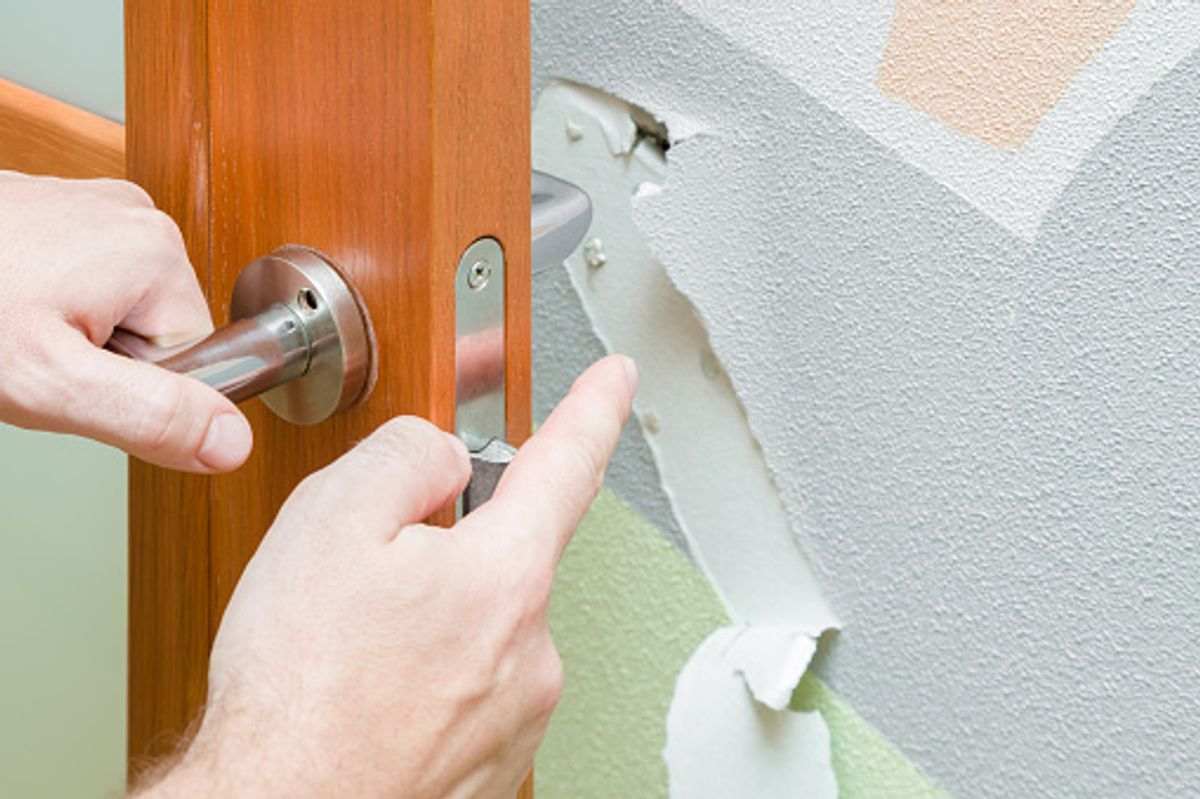You can repair a hole in drywall, but the method will depend on the size and shape of the hole. To make the repair blend in, you should use a drywall texture. You can buy spray cans of drywall texture and apply them just like you would paint.
Table of Contents
Fixing a hole in drywall without a patch
Whether you rent or own a home, you should know how to repair a hole in drywall. Things like furniture or an art display can leave dents on your walls. In these cases, you can perform the repair yourself with the proper tools and approach. You can restore your walls to their original condition using the right methods and techniques.
To start, square off the hole and make it as smooth as possible. Next, cut a patch from scrap drywall the same thickness as the drywall you are repairing.
Buying drywall supplies
Many supplies are available at a home improvement store to repair holes in drywall. The first step is to determine the size and thickness of the hole. A piece of drywall with the same thickness as the hole should be used. If you are unsure of the thickness of your drywall, you can ask the employee at the store for advice. Most homes use 1/2″ drywall. Most stores will have pieces of drywall in a two-by-two format that can be used to patch holes. They also sell different types of joint compounds to patch the hole. The all-purpose joint compound is ideal for patching because it will give you a smoother end product.
Hot mud is the best type of joint compound for repairing a hole in drywall, which is sold in a bag and mixed with water. This task is a great choice because it dries quicker than premixed drywall mud. Easy Sand is a good option for under $15 at most home improvement stores. Another joint compound to try is Durabond, which is sold in brown bags. However, sanding a hole in Durabond isn’t easy; therefore, you may want to use this compound instead.
Using a patch
One of the simplest methods to repair a drywall hole is an adhesive patch. You can buy a drywall patch that is 1/8-inch wide and then apply it to the hole. To ensure the patch is secure, you need to smooth the edges with sandpaper or a putty knife. Once it has been applied, place the patch over the hole and apply even pressure.
A patch comes in different sizes, so you can choose the right one depending on the hole size. For example, a 4×4-inch patch is ideal for smaller holes, while an 8-inch patch is ideal for larger ones. You can also purchase an adhesive-backed aluminium screen or a reinforced fibreglass mesh patch.
Avoiding common drywall installation mistakes
Drywall installation is a challenging process. It can be very tricky, and you can easily make mistakes if you’re not a pro. To avoid mistakes, follow safety guidelines and building codes. When installing drywall, measure and cut each piece carefully. Then, make sure that you have a straight edge when cutting it.
Drywall should be sanded to a smooth surface, but many DIYers make the mistake of sanding too deep into the tape covering the seams. This can damage the drywall, and you’ll have to replace it. You can avoid this mistake by leaving space in all corners. Leave about 1/8 inch between corners. A professional drywall installation company will know how to fill gaps that are not perfectly smooth.
One common drywall installation mistake is lining the edges of drywall with door frames. This can cause future cracking. This is because drywall joints adjacent to windows and doors are weaker than solid drywall. Therefore, you should notch the drywall around doors and windows instead of making joints. You can also join drywall sheets over openings instead of joining them.
Replacing damaged drywall
Replacing damaged drywall after repairing the hole in it requires a few steps. First, re-tape the joint. Afterwards, apply the repair compound to one side of the hole and smooth it with a sanding sponge.
Mix equal parts of the all-purpose compound and lightweight drywall compound to apply the repair compound. The lightweight compound dries faster and is easier to sand smooth. All-purpose compound dries harder and weighs more. Both compound types are easy to apply and have a nine-month shelf-life at room temperature. One five-gallon bucket of drywall compound should last for several small repairs.
After applying the joint compound, apply a second layer of patch drywall compound over the drywall, ensuring the two edges are matched. If the wall has moved in the past few months, continue monitoring for continuous movement and repair the cracked corners. Once movement stops, you can prime and paint the drywall.


